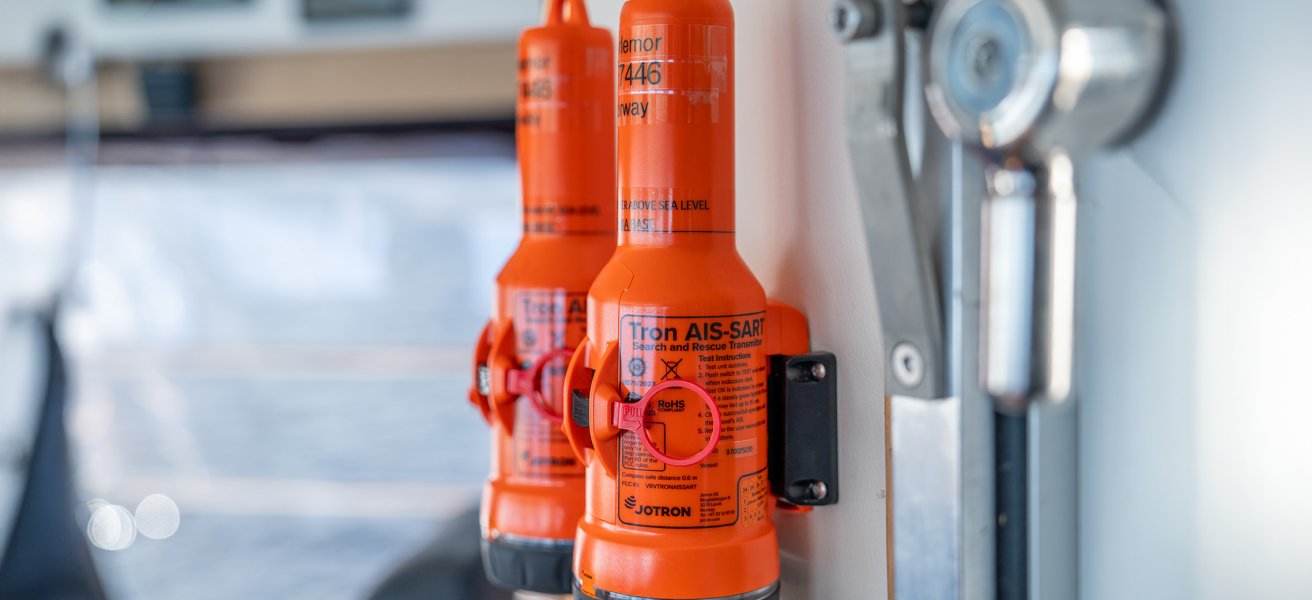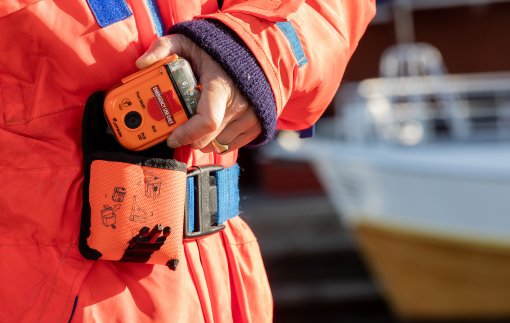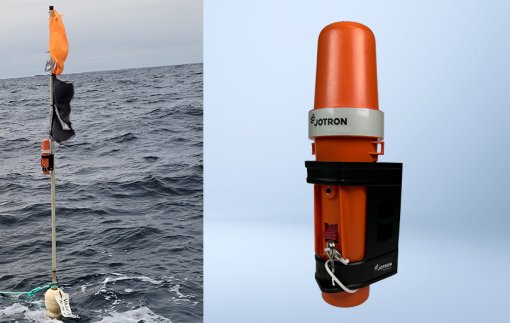Key points for testing AIS SART and Radar SART
How to test a Search and Rescue Transponder or Transmitter
Regular testing and maintenance are crucial for the readiness and effectiveness of search and rescue operations. This is how you can test your Search and Rescue Transponder (Radar SART ) or your Search and Rescue Transmitter (AIS SART ) to ensure they are functioning correctly and will be reliable in an emergency.

What to consider when performing a SART test
There are two types of SARTs commercially available:
1. Radar SART Search and Rescue Transponder is operating on the 9 GHz band.
2. AIS SART Search and Rescue Transmitter is operating on the AIS1 and AIS2 channels. It utilizes the Global Navigation Satellite System (GNSS) / Global Positioning System (GPS) and very high frequency (VHF) technology.
Both SARTs are equally recognized by the International Maritime Organisation (IMO), part of the International Convention Safety of Life at Sea (SOLAS) and the Global Maritime Distress and Safety System (GMDSS) requirements.
Radar SART testing
Study the manufacturer's instructions: Begin by reading the user manual provided with your Radar SART. Different manufacturers and models may have specific instructions and precautions for testing.
Pre-test checks
Visual inspection: Check the Radar SART for any visible damage or wear.
Battery status: Ensure the battery is within its expiry date and fully charged. Replace the battery if needed. Depending on the manufacturer and model, battery replacement can be carried out either by the owner or by an authorized service provider.
Self-test functions
Activation procedure: The Radar SART’s self-test mode is designed to test the device without sending a distress signal. Follow the manual to activate the self-test, which usually involves pressing and holding a test button for a specified duration.
Indicators: Make sure the X-band radar receiver is correctly tuned to receive the Radar SART signal during the test. The Radar SART will emit audio and/or visual signals during the self-test to indicate it is operating properly. Refer to the manual to interpret these signals.
Regulatory compliance
Follow regulations: Adhere to local and international regulations for testing and maintaining SARTs to ensure compliance and readiness. Radar SARTs installed onboard as a regulatory requirement must undergo annual GMDSS tests performed by an authorized service provider. Service according to regulations will generate a report that must be kept onboard the vessel.
AIS SART testing
Read the manufacturer's instructions: Begin by studying the user manual that comes with your Radar SART. Different manufacturers and models may have specific instructions and precautions for testing.
Pre-test checks
Visual inspection: Inspect the AIS SART for any visible damage or signs of wear.
Battery status: Make sure the battery is within its expiry date and fully charged. If needed, replace the battery. Depending on the manufacturer and model, the replacement can be done either by the owner or by an authorized service provider.
Self-test function
Activation procedure: The AIS SART features a self-test mode designed to check the device's functionality without transmitting a distress signal. Follow the manual's instructions to activate the self-test, which generally involves pressing and holding a test button for a specified period.
Indicators: Ensure the Automatic Identification System (AIS) receiver is properly configured to receive the AIS SART test signal. During the self-test, the AIS SART will emit audio and/or visual signals to indicate it is functioning correctly. Consult the manual to understand the meaning of these signals.
Regulatory compliance
Follow regulations: Adhere to local and international regulations regarding the testing and maintenance of SARTs to ensure compliance and readiness. AIS SARTs installed onboard due to mandatory regulation must follow annual GMDSS test requirements performed by an authorised service provider. Service according to regulations will generate a report which has to be stored onboard the vessel.




